Dodge Journey: Valve, A/C expansion
DESCRIPTION
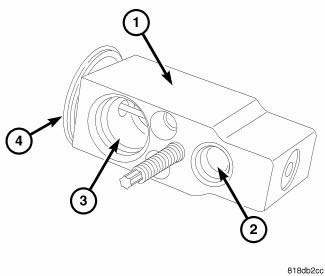
Fig. 315: A/C Expansion Valve Description KA
The rear A/C expansion valve controls the amount of refrigerant entering the rear A/C evaporator. The rear A/C expansion valve is of a thermostatic expansion valve (TXV) design and consists of an aluminum H-valve type body (1) with an inlet port (2), outlet port (3) and an integral thermal sensor (4).
The rear A/C expansion valve is located on the bottom of the rear heater-A/C housing, which extends through the rear floor panel behind the right rear wheel housing.
OPERATION
The rear A/C expansion valve controls the flow of high-pressure, low temperature liquid refrigerant entering the expansion valve and converts it into a low-pressure, low-temperature mixture of liquid and gas before it enters the rear A/C evaporator. To meet the vehicles A/C cooling requirements, a mechanical sensor is used in the rear A/C expansion valve to monitor the temperature and pressure of the refrigerant leaving the rear A/C evaporator and then adjust the inlet port orifice size to allow only the proper amount of refrigerant to enter the evaporator.
Controlling the refrigerant flow through the rear A/C evaporator ensures that none of the refrigerant leaving the evaporator is still in a liquid state, which could damage the A/C compressor.
NOTE: Replacement of the refrigerant line O-ring seals is required anytime a refrigerant line is disconnected from the expansion valve, or if the expansion valve is removed. Failure to replace the rubber O-ring seals may result in a refrigerant system leak.
The rear A/C expansion valve is factory calibrated and cannot be adjusted or repaired and must be replaced if inoperative or damaged.
Removal
WARNING: Refer to the applicable warnings and cautions for this system before performing the following operation. Failure to follow these instructions may result in serious or fatal injury.
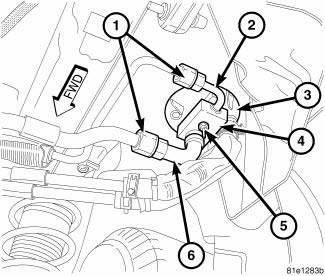
Fig. 316: Rear Underbody Refrigerant Extension Lines
1. Recover the refrigerant from the refrigerant system.
2. Raise and support the vehicle.
3. Loosen the nuts (1) that secure the underbody refrigerant lines to the underbody refrigerant extension lines (2 and 6) located behind the right rear wheel housing.
4. Disconnect the underbody refrigerant lines from underbody refrigerant extension lines and remove and discard the O-ring seals.
5. Remove the nut (5) that secures the underbody refrigerant extension line sealing plate (4) to the rear A/C expansion valve (3).
6. Disconnect the underbody refrigerant extension lines and sealing plate from the rear A/C expansion valve and remove and discard the O-ring seals.
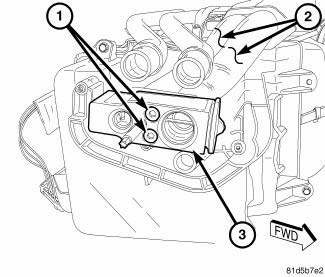
Fig. 317: Rear Expansion Valve Removal/Installation Bench
NOTE: Illustration shown with rear heater-A/C housing removed from vehicle.
7. Remove the two bolts (1) that secure the rear A/C expansion valve (3) to the rear evaporator tubes (2), which extend through the rear floor panel behind the right rear wheel housing.
8. Remove the rear A/C expansion valve from the rear evaporator tubes and remove and discard the O-ring seals.
9. Install plugs in, or tape over all the opened underbody refrigerant line fittings and the rear evaporator and expansion valve ports.
Installation
CAUTION: Be certain to adjust the refrigerant oil level when servicing the A/C refrigerant system. Failure to properly adjust the refrigerant oil level will prevent the A/C system from operating as designed and can cause serious A/C compressor damage.
NOTE: When replacing multiple A/C system components, refer to the REFRIGERANT OIL CAPACITIES to determine how much oil should be added to the refrigerant system. NOTE: Replacement of the refrigerant line O-ring seals is required anytime a refrigerant line is disconnected from the expansion valve, or if the expansion valve is removed. Failure to replace the rubber O-ring seals may result in a refrigerant system leak.
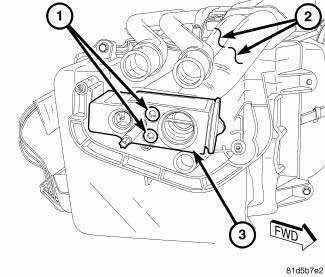
Fig. 318: Rear Expansion Valve Removal/Installation Bench
NOTE: Illustration shown with rear heater-A/C housing removed from vehicle.
1. Remove the tape or plugs from the opened underbody refrigerant line fittings and the rear evaporator and expansion valve ports.
2. Lubricate new rubber O-ring seals with clean refrigerant oil and install them onto the rear evaporator tube fittings. Use only the specified O-rings as they are made of a special material for the R-134a system. Use only refrigerant oil of the type recommended for the A/C compressor in the vehicle.
3. Install the rear A/C expansion valve (3) onto the rear evaporator tubes (2) extending through the rear floor panel behind the right rear wheel housing.
4. Install two bolts (1) that secure the rear A/C expansion valve to the rear evaporator tubes. Tighten the bolts to 11 N.m (97 in. lbs.).
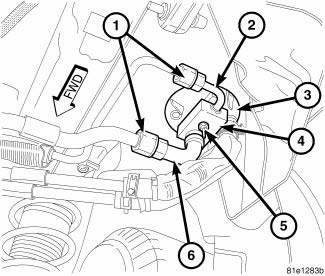
Fig. 319: Rear Underbody Refrigerant Extension Lines
5. Lubricate new rubber O-ring seals with clean refrigerant oil and install them onto the underbody refrigerant extension line fittings. Use only the specified O-rings as they are made of a special material for the R-134a refrigerant system. Use only refrigerant oil of the type recommended for the A/C compressor in the vehicle.
CAUTION: Use care when installing the underbody refrigerant extension lines to the rear A/C expansion valve. Carefully align the tube ends with the valve prior to tightening the sealing plate retaining nut or damage to the sealing rings and tube ends may occur.
6. Connect the underbody refrigerant extension lines (2 and 6) and the sealing plate (4) to the rear A/C expansion valve (2).
7. Loosely install the nut (5) that secures the extension lines and sealing plate to the rear A/C expansion valve.
8. Connect the underbody refrigerant lines to the underbody refrigerant extension lines and tighten the fitting nuts (1) to 23 N.m (17 ft. lbs.).
9. Tighten the nut that secures the extension lines and sealing plate to the rear A/C expansion valve to 11 N.m (97 in. lbs.).
10. Lower the vehicle.
11. Evacuate the refrigerant system.
12. Adjust the refrigerant oil level.
13. Charge the A/C system.
 Lines, A/C underbody, extension
Lines, A/C underbody, extension
Description
Fig. 310: Underbody A/C Extension Lines Description
Models equipped with the rear heating-A/C system use metal lines attached to
the vehicle underbody to carry
refrigerant and engin ...
 Cabin heater
Cabin heater
...
See also:
LIGHTS
Multifunction Lever
The multifunction lever controls the operation of the
headlights, parking lights, turn signal lights, instrument
panel lights, instrument panel light dimming, interior
lights a ...
40/41TE Transaxle general diagnosis, road test
40/41TE TRANSAXLE GENERAL DIAGNOSIS
NOTE: Before attempting any repair on a 40/41TE four-speed automatic
transaxle,
check for Diagnostic Trouble Codes (DTC's) using the scan tool.
Transaxl ...
Standard procedure
CYLINDER HEAD OIL GALLERY CUP PLUG SERVICE
Fig. 92: Oil Gallery Cup Plug
- CUP PLUG BORE CHAMFER
- ORIGINAL CUP PLUG
- NEW CUP PLUG
- 1-2 mm
NOTE: DETERMINE WHICH CUP PLUG IS LEAKIN ...
